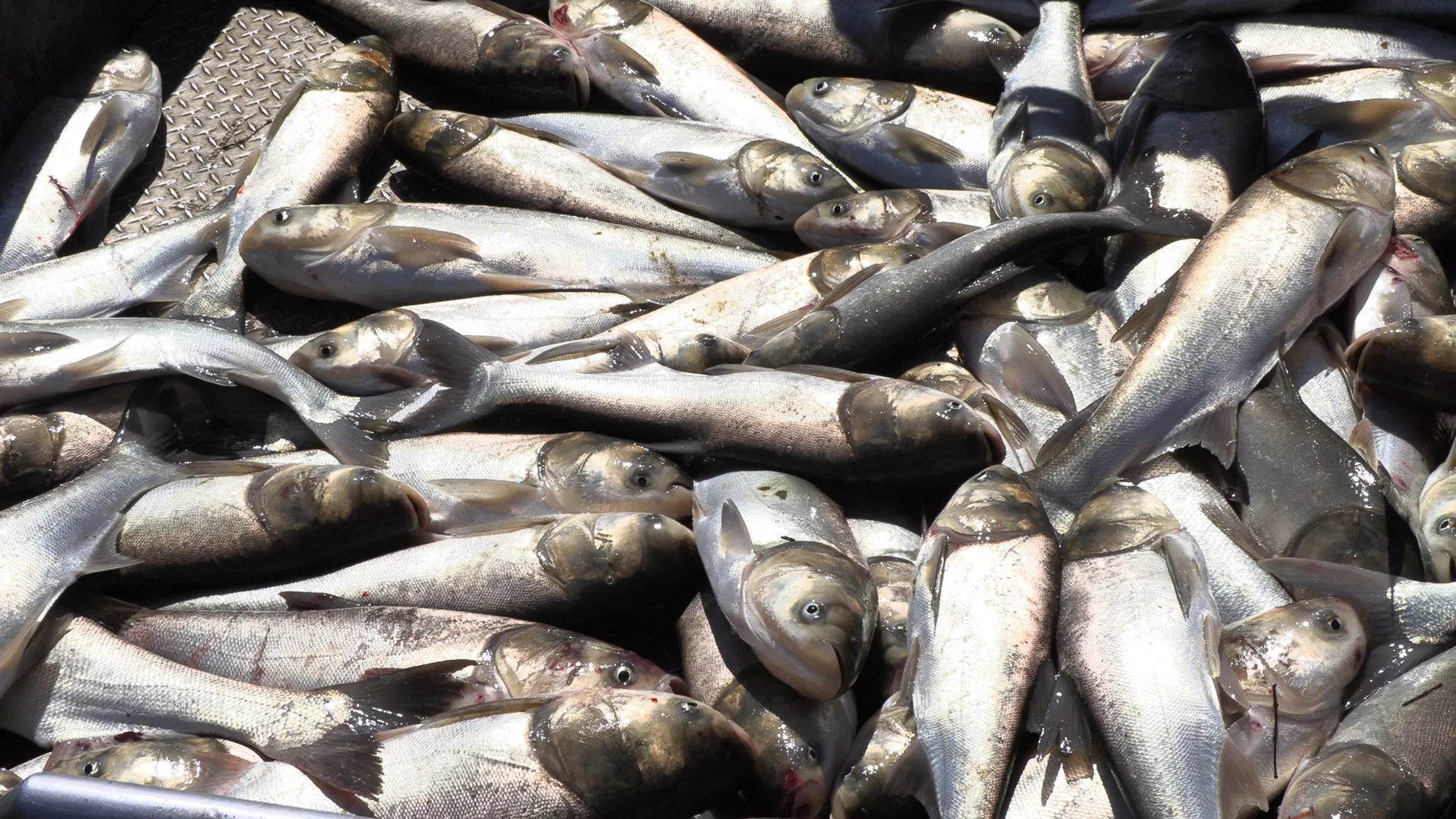Eighty years ago, farmers were encouraged to plant an innocuous ornamental plant from Asia to serve as cheap ground cover and feed for livestock. Decades later, entire hillsides, power lines and forests have been devoured in kudzu’s jungle-thick, creeping conquest of the Southeast.
Despite these potent, twining reminders of the danger posed by invasive species, America is once more attempting to stem a seemingly unstoppable tide of alien invaders. This time, however, it’s not a vine that’s eating the South; it’s a fish that’s swallowing America’s waterways.
“We have four species of carp from Asia in the United States. All four are invasive, and they all negatively affect our ecosystems,” says Dr. Bernie Kuhajda, Science Programs Manager at the Tennessee Aquarium.
“Invasive species don’t add positively to the aquatic environment,” Kuhajda adds. “They wreak havoc and cause our native species to decline and — in some severe instances — to completely disappear.”
In the last quarter-century, the carps’ rapid rate of reproduction has resulted in an unassailable spread throughout the length of the river and into many of its tributaries, including the Cumberland River and Tennessee River.
In an effort to educate the public about the incoming wave of carp, the Aquarium has prepared the following trio of informational videos covering the potential danger — both ecological and economic — posed by these invasive fish, the methods being used to remove them from waterways and why they should be on more seafood aficionados’ radars.
They wreak havoc and cause our native species to decline…

